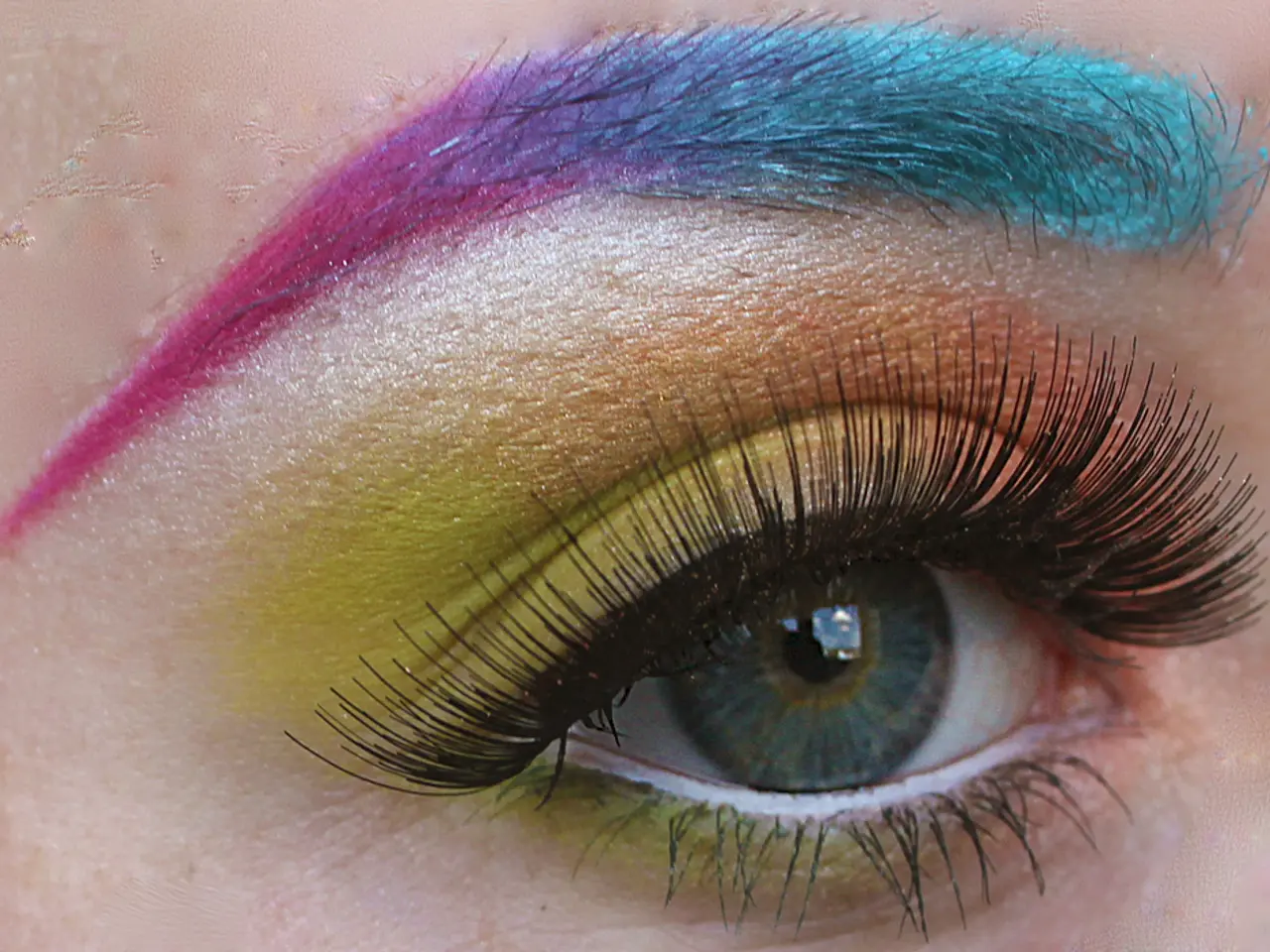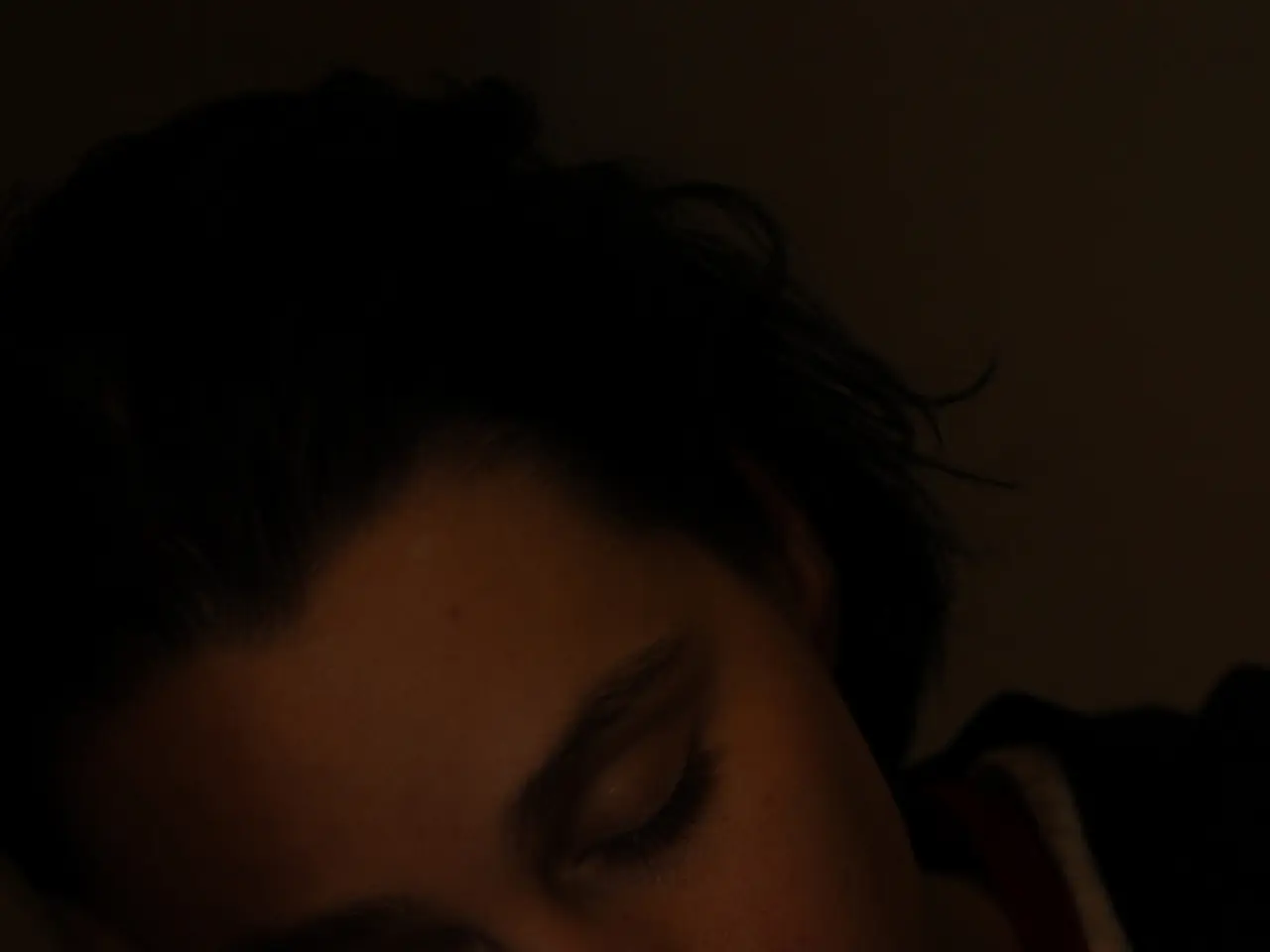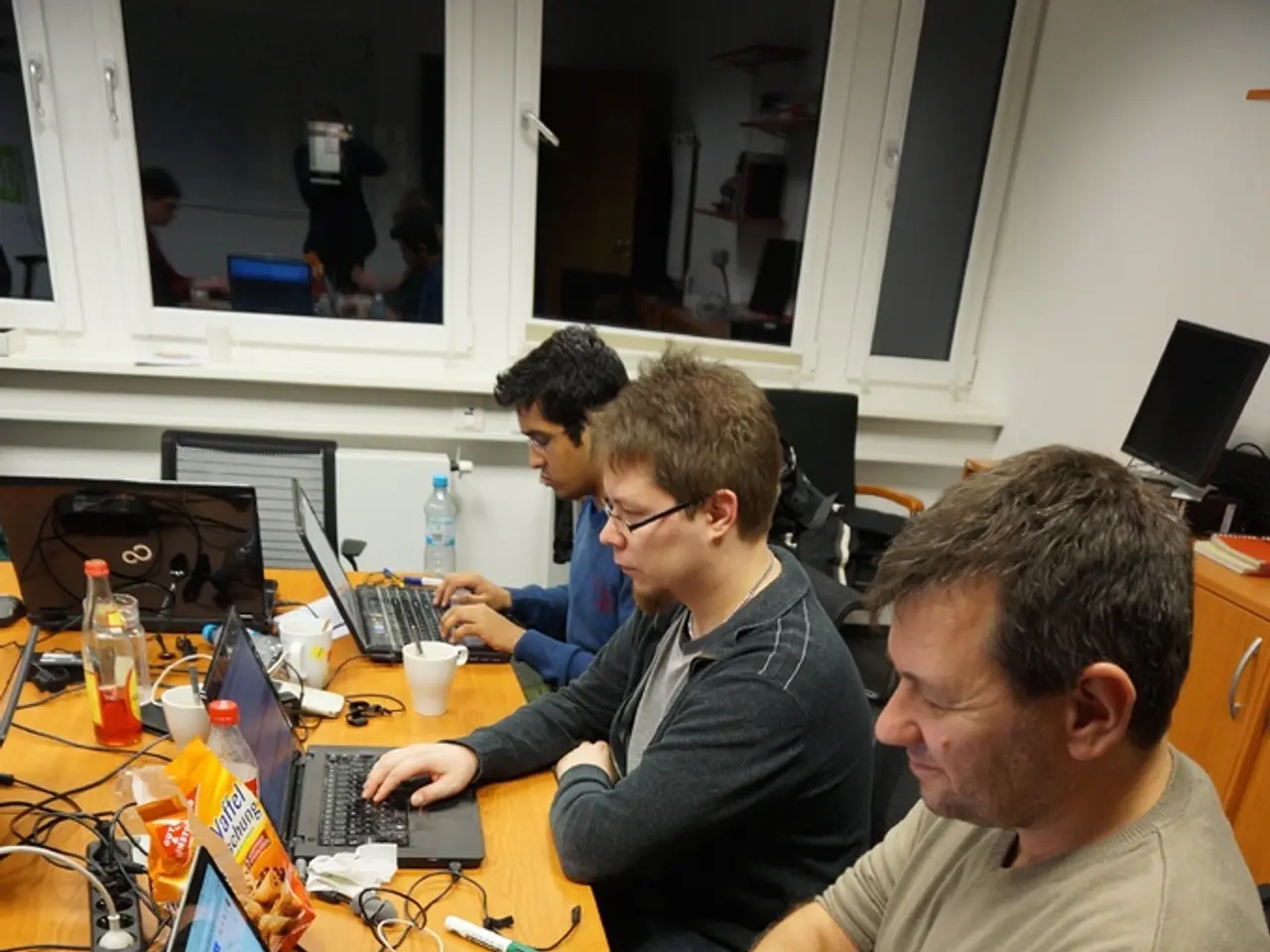Drug Aids Surgeons in Evading Nervous Tissues during Procedure
A groundbreaking drug named Bevonescein is poised to revolutionize surgical procedures, particularly in the field of head and neck surgeries. Developed over a decade ago at the University of California, San Diego, this novel fluorescent imaging agent has shown promising results in recent trials.
## Current Developments
The latest advancements in Bevonescein research have been highlighted in a study published in *Nature Communications*. This significant breakthrough, moving from animal studies to human trials, demonstrates the drug's potential for safe and effective use in surgical settings [2][3].
Bevonescein provides superior nerve visualization compared to traditional white light methods, improving visible nerve length and nerve conspicuity scores [1]. The optimal dose of Bevonescein has been identified as 500 mg, with no dose-limiting toxicities or infusion reactions reported, ensuring a favorable safety profile [1].
Phase 3 trials are currently underway to assess the clinical benefits of Bevonescein in surgeries, with potential FDA approval on the horizon [4]. The head and neck surgeon who helped create the study is leading the current testing at the University of New Mexico.
## Potential Benefits
If the benefits of using Bevonescein and its ability to help surgeons avoid nerves are confirmed in this larger trial, the drug could lead to a significant reduction in nerve injuries, post-operative complications, and improved surgical outcomes [2][3].
Bevonescein enables more precise surgical techniques, allowing for more accurate dissections and better preservation of nerve function [1][4]. If approved, Bevonescein could be used in various surgical procedures beyond head and neck surgery, expanding its application across different medical specialties [4].
In the operating room, surgeons illuminate the area with a special light to make the drug glow, highlighting the nerves. This enhanced visualization could lead to faster, safer operations with fewer mistakes. A future study will investigate whether the same effect can be achieved using magnifying glasses worn on the head.
The drug is a nerve-targeting version of glowing markers designed to tag different parts of the body. It attaches to nerve tissue and glows when exposed to a certain type of light. Some doctors use powerful microscopes with built-in lights and filters for better visualization, but Bevonescein offers a less invasive and more accessible alternative.
The early signs suggest a safer future for patients due to the potential benefits of Bevonescein. If the larger Phase 3 study, which includes 10 different hospitals and is scheduled to conclude by the end of the summer, confirms these benefits, Bevonescein could become a standard tool in surgical practices, potentially reducing the risk of nerve damage.
Science has presented a promising development in the realm of health and wellness with the potential approval of Bevonescein, a novel fluorescent imaging agent. This drug, currently undergoing Phase 3 trials, could revolutionize multiple medical specialties by offering safer and more effective therapies and treatments for various surgical-related medical conditions.




